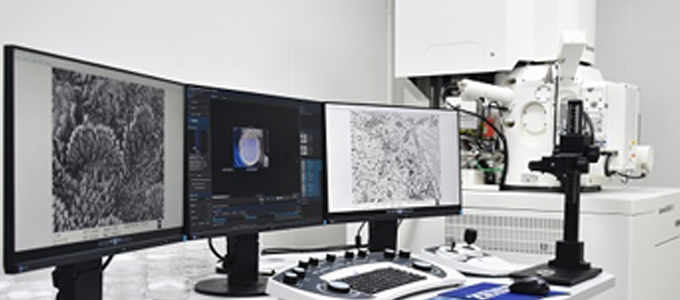
The brain is one of the most complex systems in the Universe. With billions of neurons and trillions of synapses, it evolved around the most primitive needs of the organism: surviving and optimizing energy usage. It is therefore not surprising that even our most sophisticated brain functions are directly shaped by the central integration of sensory afferent signals representing bodily states or interoception. In primates, a phylogenetically novel pathway conveys interoceptive signals to special parts of the brain, including the insular cortex. The integration of interoception with salient environmental cues in the insular cortex shapes subjective feelings reflecting affective homeostatic states and ongoing autonomic regulations of bodily functions. In doing so, the insular cortex actively switches the allocation of metabolic resources across the brain’s functional networks, with great implications for emotion and cognition.


